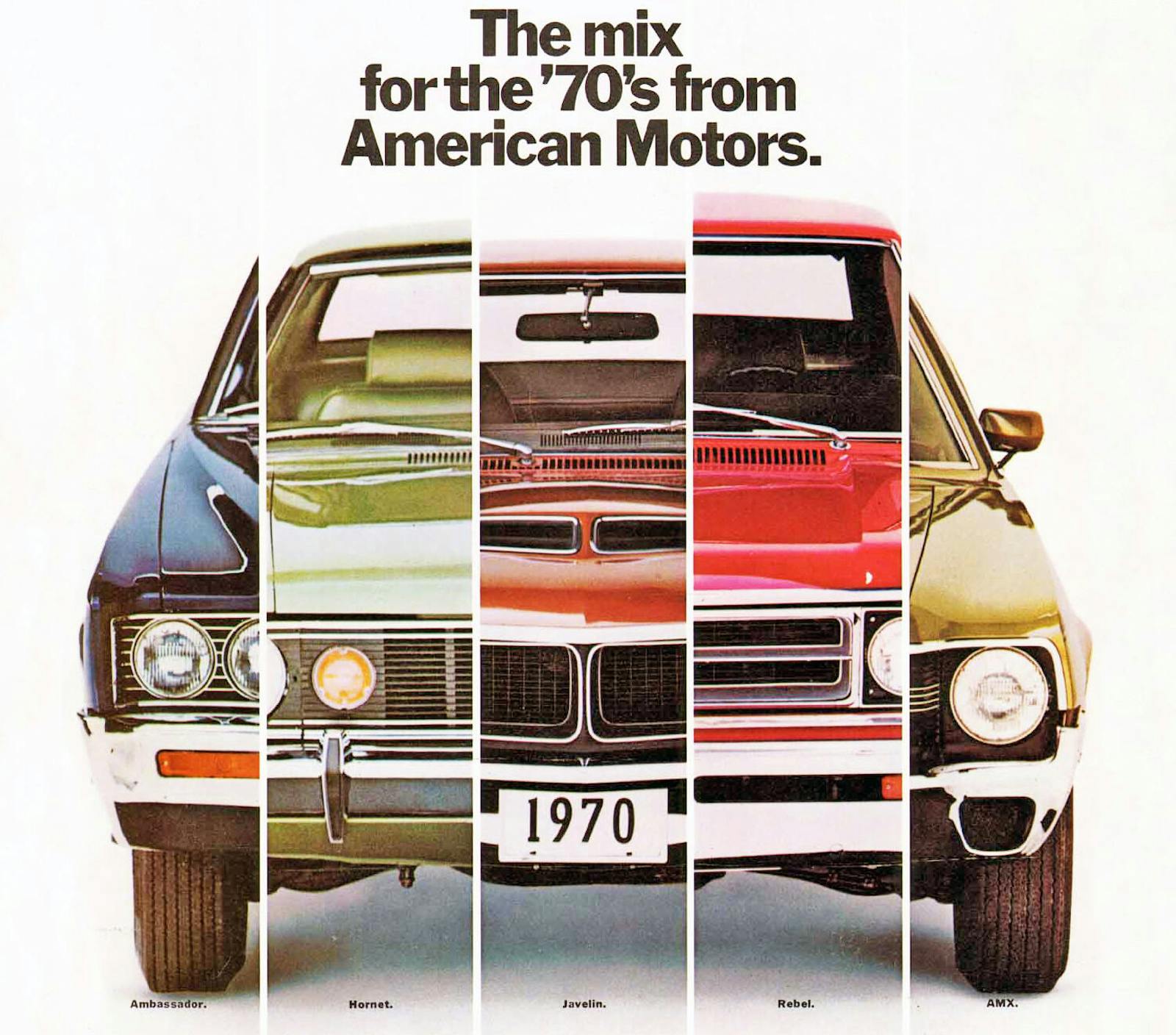The stories behind 5 of your favorite brand badges
Enthusiasts can often identify cars with just one look, but to the casual observer, a logo or badge is a great start to recognize which brand made the vehicle in front of them. Last week we asked the Hagerty Forums to call out some all-time favorite badges, and we pulled five from the 80 responses for further analysis. These badges are often simple at first glance, but the stories behind them can go much deeper.
Abarth

From the mind of Carlo Abarth, a motorcycle racer who transitioned to producing exhaust kits for automobiles, the Abarth logo is an amalgam of historical meaning. The most prominent feature is the Scorpion, Abarth’s zodiac symbol, along with the three colors representing the Italian flag. The shield shape symbolizes victory and passion. The original badge was reborn in 2007 on the Fiat 500 Abarth, best known for its rowdy exhaust note. A fitting tribute.
De Tomaso

A simple logo adorns the delightful mashup of Italian styling and American powertrain that is a De Tomaso. The two-color rectangle features an artful “T,” which is actually the cattle brand from the Argentinian estate where Alejandro de Tomaso spent his youth, while the background colors of light blue and white are lifted from Argentina’s national flag.
Corvette crossed flags

One of the most iconic American car logos, the Corvette emblem has evolved significantly over its 66 years. The first logo put two words and two flags on a white background. The words, of course, were “Chevrolet” and “Corvette.” A black and white checkered flag signified racing victory and a red flag displayed a Chevrolet Bow Tie and a fleur-di-lis. This second flag was a shift from the American flag the Corvette prototype wore, simply because the American flag cannot be used on a commercial product. The fleur-de-lis is a nod to Louis Chevrolet’s French roots and denotes peace and purity.
Lancia Delta Integrale HF

From humble family car beginnings, the Lancia Delta became a rally powerhouse. The top consumer model featured a nod to the High Fidelity race team which fielded various Lancia models. The elephant joined the badge later, with two possible explanations. One legend states the elephant was selected because it symbolized longevity, strength, prosperity, and victory. The other says the founder of Lancia’s son proposed the animal because “once an elephant gets going, nobody can stop it.” Either way, we are fans of the unique factor.
Volkswagen Wolfsburg

Taking a page from the Henry Ford playbook, Wolfsburg is a city erected in the German state of Lower Saxony with the intention of housing employees for the Volkswagen factory nearby. The city took the name from the Wolfsburg castle in the city, and the badge is the coat of arms, which shows the castle in a simple crest. The city is so tightly tied to Volkswagen that even 60 years on in 2003, the city ceremoniously renamed itself Golfsburg for the launch of the fifth-generation VW Golf.
Did we miss your favorite logo? Let us know in the comments below if there is a badge that has a great story, or add to this week’s Question of the Week on the Hagerty Forums. We are polling this week with an automotive “would you rather,” and the topic is preserved base models or tired-out highly optioned cars. Be sure to weigh in and check back next week to find out the final vote with our Answer of the Week article each Monday.

